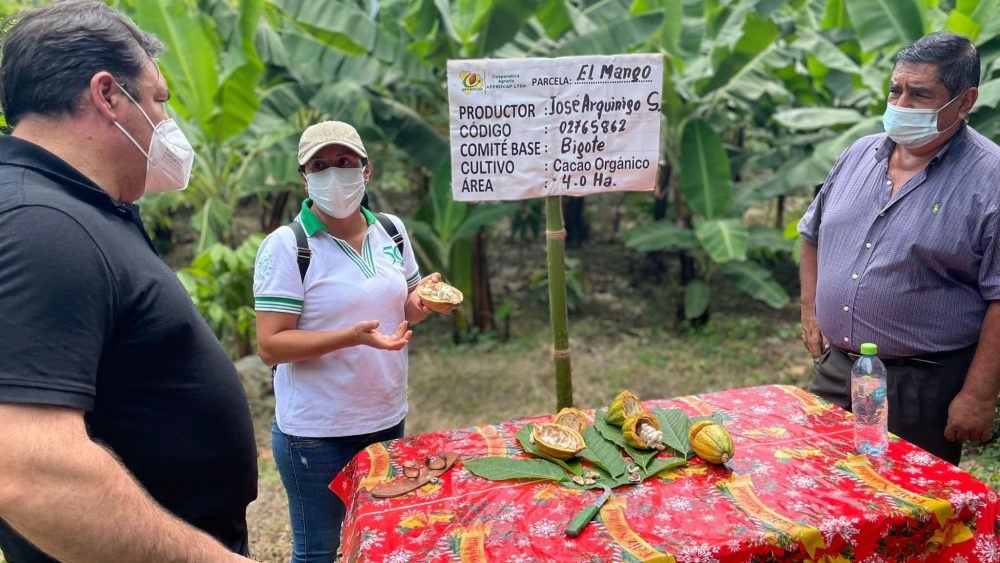Prosertek is joining forces with the Development NGO Alboan to support the families from the Alto Piura corridor in the north of Peru, a rural area where the majority of the population makes a living from small subsistence agriculture.
It involves 164 peasant families integrated around a cocoa harvesting cooperative who face great challenges such as the small size of the plots and the lack of technical resources, which hamper the productivity of their crops.

Its internationalisation strategy has given Prosertek the opportunity to learn about many things taking place and visited the Piura region in April to find out more about the project. This experience has made us dedicated ourselves even more to the needs of these families.
For this reason, we at Prosertek wish to do our bit to enable these families to have the technical resources to allow them to work more efficiently and prosper as a result.


The goal is to reach 5,000 euros to make technical improvements to the cocoa transformation process taking place in the cooperative plant. What this translates into is moving the fermentation room to the drying room, which is currently manual involving 40 kg bags.
The cocoa harvest, a job taking place behind the scenes
The cultivation and processing of the cocoa bean is a long and laborious process that starts during its harvest. The main problem during this stage is that the cocoa pods that surround the beans do not ripen at the same time. Different varieties also have different shades during the ripening stage making the knowledge and care of the farmer so vital.
This also means that the harvest must take place by hand, using a machete and being careful not to damage the tree to prevent the following harvest being less abundant. Once the pods have been gathered in a basket, they are cracked and a quality control takes place evaluating the amount of pulp, the absence of diseases and to check how ripe they are.


Then the fermentation process takes place, which takes place in large quantities stacked in wooden boxes. They are covered and left to ferment, changing from the white colour they have when they come out of the pod to a toasty brown colour. This process takes about one week and during which time the grains must be continually stirred.
They are then dried, reducing moisture from 60% to about 7%. The drying process must take place naturally (under the sun) to retain the organoleptic properties of the product. The cocoa bean will still need other treatments, such as aging, which can take between one month and a year, and storage, always controlling moisture levels and protecting the beans from mould and oxidation.
To sum up, this involves a very manual process that guarantees high-quality cocoa but makes the profit margin for families very limited.




You can also participate
We at the Prosertek Group would love you to participate to make the lives of these families easier. All you need to do is to share this information or making a contribution to allow us to reach the goal of 5,000 euros. Any help is welcome!




Comments are closed.